Aloe Vera Diseases: [Characteristics, Types, Detection and Treatment]
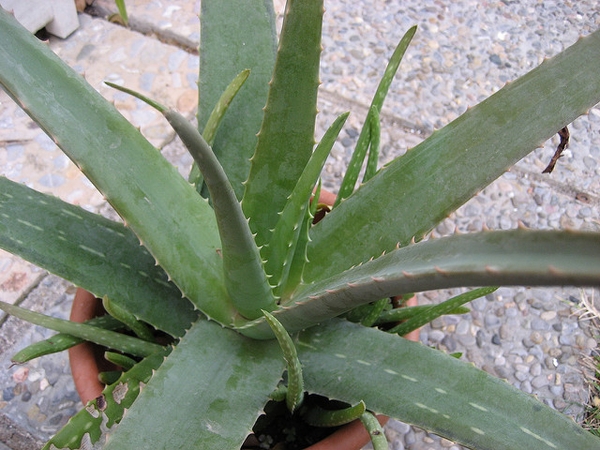
What are the aloe vera diseases and how can we detect them?
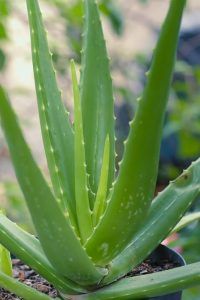 The aloe vera plant belongs to the plantae kingdom, it is medicinal and shares the Liliaceae family with garlic, onion and asparagus.
The aloe vera plant belongs to the plantae kingdom, it is medicinal and shares the Liliaceae family with garlic, onion and asparagus.
Its name means shiny and bitter substance and it is also known as aloe. It has been used in ancient and modern medicine to treat multiple diseases; in the cosmetic, pharmaceutical and food industries.
The cultivation of aloe vera presents some problems related to phytopathogenic microorganisms (fungi and bacteria) but also diseases caused by poor and inadequate agronomic management.
Some of the organisms that cause aloe vera diseases are fungi, which cause damage to the root, stem, and leaves; also bacteria of the genera Erwinia, Pectobacterium and Dickeya.The main diseases that affect aloe vera are:
Root rot, generally caused by poor irrigation practice; Leaf spot disease that affects the leaves of aloe vera and soft rot.Anthracnose, which attacks most of the plant, and powdery mildew, which takes advantage of the plant’s nutrients, weakens it and causes leaf necrosis.
They are fungi that also make aloe vera sick.
Description of aloe vera diseases
The cultivation of the aloe vera plant can be attacked by the following diseases:
root rot
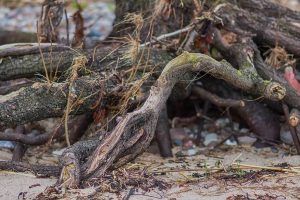 This disease is caused by the phytopathogenic fungus Fusarium that attacks more than 100 plant species, due to its rapid growth mechanism.
This disease is caused by the phytopathogenic fungus Fusarium that attacks more than 100 plant species, due to its rapid growth mechanism.
This fungus is distributed in the soil, due to its ability to develop at a temperature of 37 ºC.
Root rot disease reduces the growth of Aloe Vera and can even cause the death of the plant.
Aloe leaf spot or leaf spot
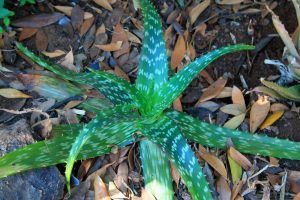 It is a disease of great importance in aloe vera since it causes great losses in the harvest.
It is a disease of great importance in aloe vera since it causes great losses in the harvest.
This disease is caused by phytopathogens that affect the leaves such as Alternaria Alternata; Colletotrichum, causing up to 80% damage; Nigrospora oryzae that affects up to 50% per plant; Poly Rostrata and the Phoma eupyre.
soft rot
One of the organisms that cause aloe vera soft rot is Dyckeya, formerly known as Erwinia chrysanthemy, Pectobacterium chrysanthemi).
This disease consists of the watery rot of the pseudo-stem, and has a high survival rate, since it remains for long periods of time in the soil and plant debris.
anthracnose
It is produced by the fungus Colletotrichum gloeosporioides that mainly affects the leaves, stems and fruits.
powdery mildew
The powdery mildew fungus called Ascomycete affects the epidermal cells of aloe vera leaves and spreads its infection in the spring and winter periods.
How to identify and eliminate aloe vera diseases?
To carry out preventive, ecological and chemical treatments on aloe vera crops, it is important to learn and identify the type of disease it suffers from.
root rot
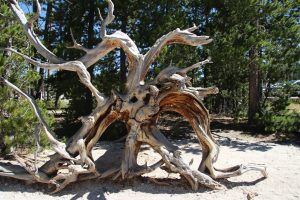 It can be detected in the cultivation of aloe vera because it causes yellowing and wilting of the leaves.
It can be detected in the cultivation of aloe vera because it causes yellowing and wilting of the leaves.
It attacks the root system, the stem and the aerial parts of the plant and can break down the reserve organs as well as cause wilting and necrosis of the leaves.
To eliminate this disease, the use of the substrate of another plant that could be infected should be avoided; remove diseased plants from the aloe vera growing area; use new containers for planting and water in the morning so that the substrate dries.
Irrigation management is the key to preventing root rot in aloe vera.
leaf spot
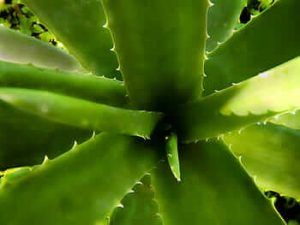 It is identified by the dark brown necrotic spots and grayish center, with a circular or oval shape on the leaves of aloe vera.
It is identified by the dark brown necrotic spots and grayish center, with a circular or oval shape on the leaves of aloe vera.
When the aloe vera leaf is infected, it begins to dry from the tip, this results in the reduction of the mucilaginous gel content in the leaf.
To control the disease, it is recommended to follow a spray program with fungicides when night temperatures exceed 15°C; especially when the leaves are kept wet for long periods.
Leaf spot is also removed by plowing crop residues soon after harvest which will help reduce the amount of inoculum available for the next crop cycle.
soft rot
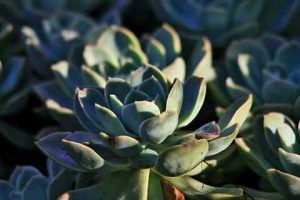 Symptoms consist of necrotic lesions that have a watery consistency at the beginning of the infection.
Symptoms consist of necrotic lesions that have a watery consistency at the beginning of the infection.
Subsequently, the upper third of the tender leaves of the bud become dry and, once the disease is advanced, the upper third falls off, leaving only a necrotic scar.
The phytopathogen that causes soft rot has very few management measures, so it is recommended to completely eradicate the crop, once the aloe vera plant shows signs of the disease.
anthracnose
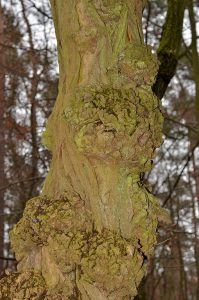 It manifests itself with the presence of irregular brown, orange, black or reddish brown spots and it expands until the leaves, fruits and stems wither.
It manifests itself with the presence of irregular brown, orange, black or reddish brown spots and it expands until the leaves, fruits and stems wither.
Preventive treatments: uproot weeds to prevent accumulation of water; change the layer of the substrate that is not infected; cultivate quality seeds and disinfect the instruments used for handling aloe vera.
Other experts recommend that in case of an advanced state of anthracnose, the plant should be pruned deeply, horsetail applied or completely eliminated.
powdery mildew
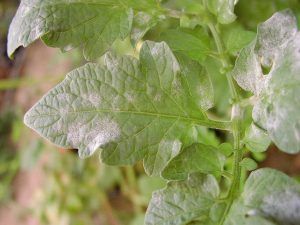 It appears in aloe vera as a white powder that develops on the leaves.Powdery mildew control can be done through the use of chemicals with fungicidal action.
It appears in aloe vera as a white powder that develops on the leaves.Powdery mildew control can be done through the use of chemicals with fungicidal action.
However, its expert execution must be taken into account so as not to cause serious problems to the ground.
Other techniques are also recommended, such as: the complete elimination of the affected parts, late planting, the regulation of the nitrogen supply and the application of sulfur, which is a lethal fungicide for Powdery Mildew.
Bibliography and references
- Pippa G., Andrew, H. (2002). Plant pests and diseases. First Edition in Spanish. Editorial Blume. London, United Kingdom.
digital database
- Chilean Nutrition Magazine. Aloe vera as a component of functional elements . Reproduced from: https://scielo.conicyt.cl/scielo.php?script=sci_arttext&pid=S0717-75182005000300005
- Osorio, Edward. Main diseases of the cultivation of aloe vera (Aloe vera). Reproduced from: https://www.researchgate.net/publication/334400880_PRINCIPALES_ENFERMEDADES_DEL_CULTIVO_DE_LA_SABILA_Aloe_vera_MAIN_DISEASES_OF_THE_CULTIVATION_OF_ALOE_Aloe_vera
- Asocoa.com. AloeVera. Reproduced from: https://asocoa.com/aloe-vera/
- Ucanr.edu. Root and crown rot caused by phytophthora. Reproduced from: http://ipm.ucanr.edu/QT/phytophthoracardsp.html

![Photo of Aptenia: [Cultivation, Irrigation, Care, Pests and Diseases]](https://www.complete-gardening.com/wp-content/uploads/2022/08/aptenia-cultivation-irrigation-care-pests-and-diseases-390x220.jpg)
![Photo of Grow Mushrooms in Alpacas: [Planting, Care and Irrigation]](https://www.complete-gardening.com/wp-content/uploads/2021/06/setas-en-alpacas-383x220.png)
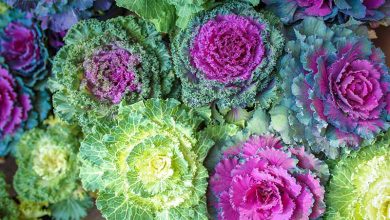
![Photo of Cai xin: [Cultivation, Irrigation, Care, Pests and Diseases]](https://www.complete-gardening.com/wp-content/uploads/2022/08/cai-xin-cultivation-irrigation-care-pests-and-diseases-390x220.jpg)